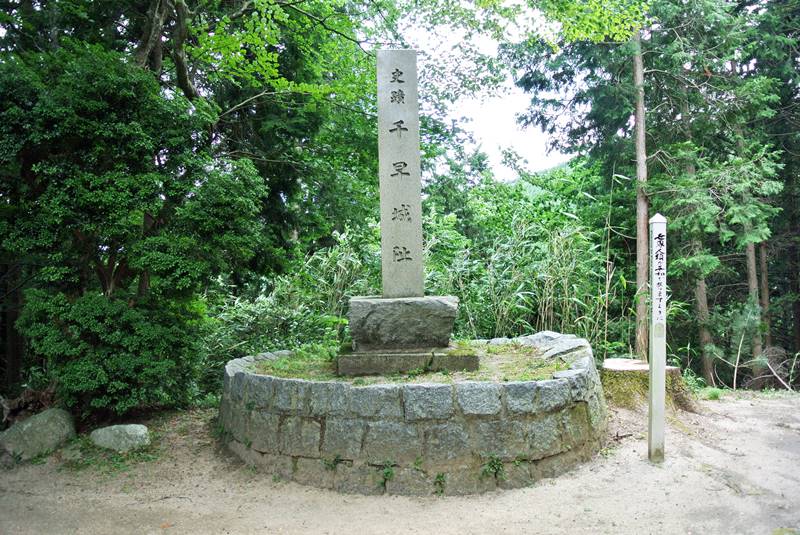This is all about Chihaya Castle Ruins you want to know.
Every information you get on this site will be from a credible source based on Japanese history (books for reference).
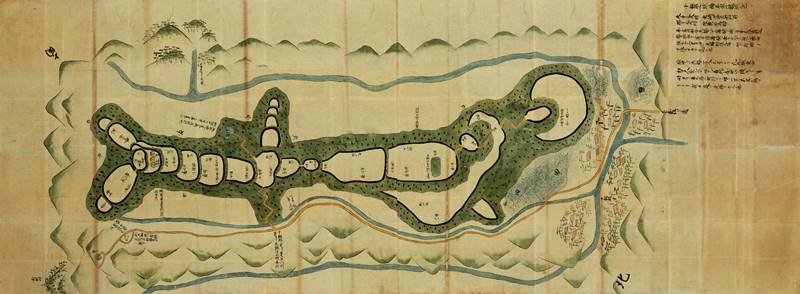
There are two typical example of castle picture in the Edo period exists. The one is collected by the Inagaki family, the Toba Daimyō from the mid-Edo period to the Meiji Restoration, as materials for military studies. There are about 350 illustrations, but there is no uniformity because only illustrations of castles, illustrations including castle towns, and old battlefield illustrations are mixed.
The Another is "The Shōhō Shiroezu", picture of the castle and castle town that the Edo Shogunate ordered the daimyō to create and submit,aggregating military information such as the buildings inside the castle, the height of the stone wall, the width of the moat and the water depth, etc., it also details the location and shape of the castle town and the mountain river.
Profile : Chihaya Castle Ruins
| Location | Chihaya-akasaka Village, kawachi District, Osaka Prefecture |
| Also known as | ー |
| Type of castle | Mountaintop |
| Mountain's name | Mt.Kongō |
| Elevation | 1125m |
| Condition | Ruins |
| Designation | National Historic Sites |
| Year built | 1332 |
| Abolished | 1392 |
| Castle lord | Kusunoki Masashige |
| Refurbishment lord | ー |
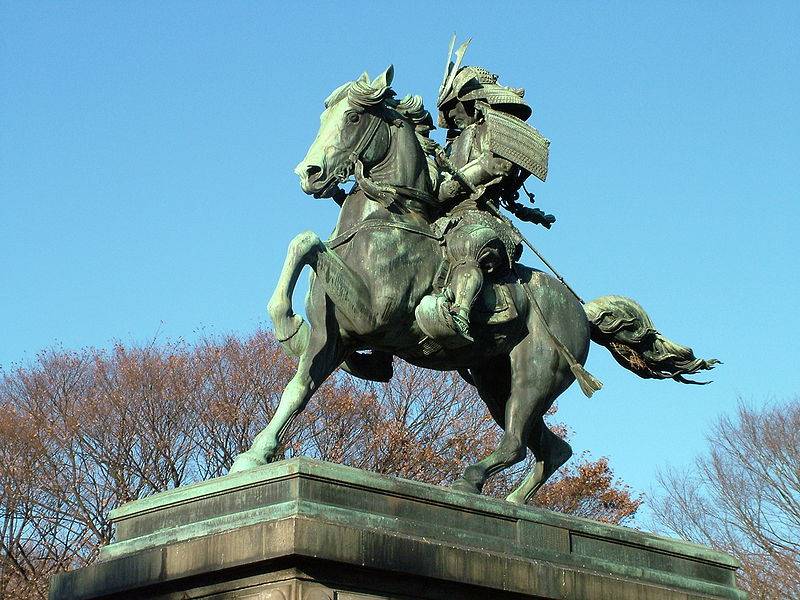
Placed in the Imperial Palace as a "Hero" in Japan's history.
For the achievement, the title of "the Biggest" and the deity of "No.1" are awarded.

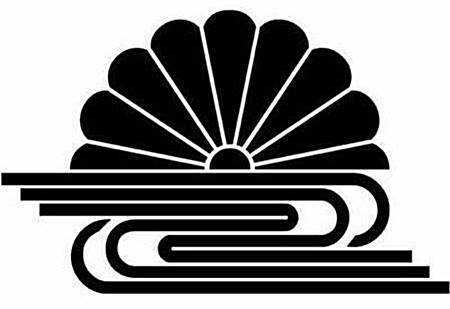
The family crest was originally created from the pattern that the emperor and the royal family put on the kimono, and the pattern was made into a fixed pattern, and the one attached to his own oxcart is said to be the beginning of the family crest. The warlords drew large crests on the flag-fingers, used to distinguish enemy views on the battlefield, and used by the generals to determine which warlords were active and how much.

Chihaya Castle admission
admission fee : free
closing period : reference official site (japanese)
Chihaya Castle Google Map
Chihaya Castle Images

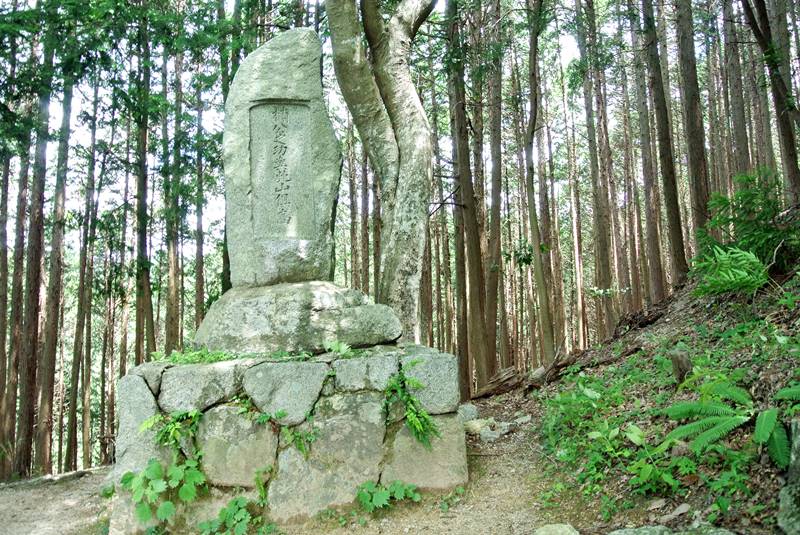
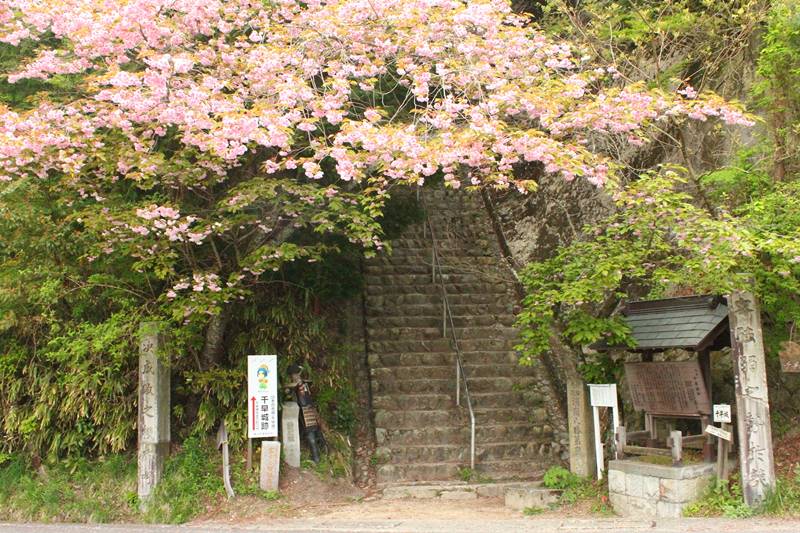

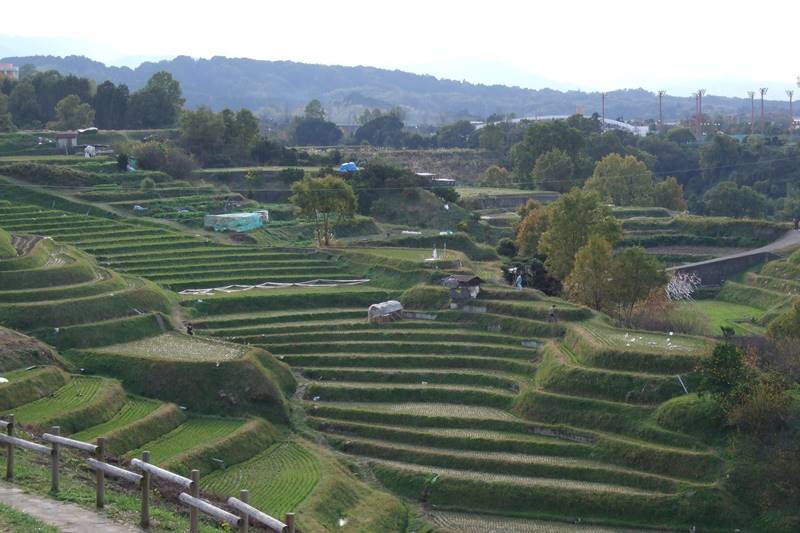
Link : A fierce battle in japanese history
【north japan】Goryōkaku 【north japan】Aizuwakamatsu Castle 【east japan】Kawagoe Castle 【central japan】Ueda Castle 【west japan】Tottori Castle 【south japan】Shimabara Castle 【west japan】 Chihaya Castle
Link-2 : The Impregnable Castle
【east japan】Odawara Castle 【east japan】Edo castle 【east japan】Hachigata Castle 【west japan】Ōsaka Castle 【west japan】Yoshida-Kōriyama Castle 【south japan】Kumamoto Castle 【central japan】Chihaya castle
Link-3 : The castle of "knowledge warrior"
【north japan】Sendai Castle 【central japan】Ueda Castle 【central japan】Minowa Castle 【west japan】Uwajima castle 【central japan】Chihaya castle
